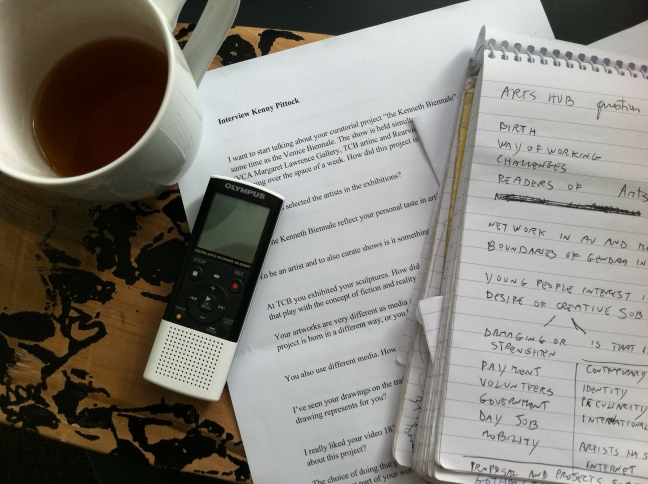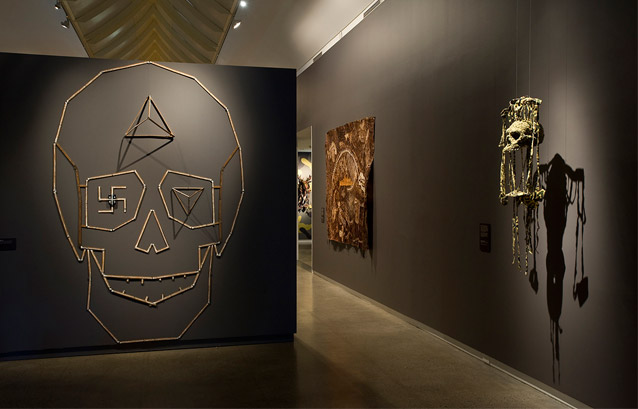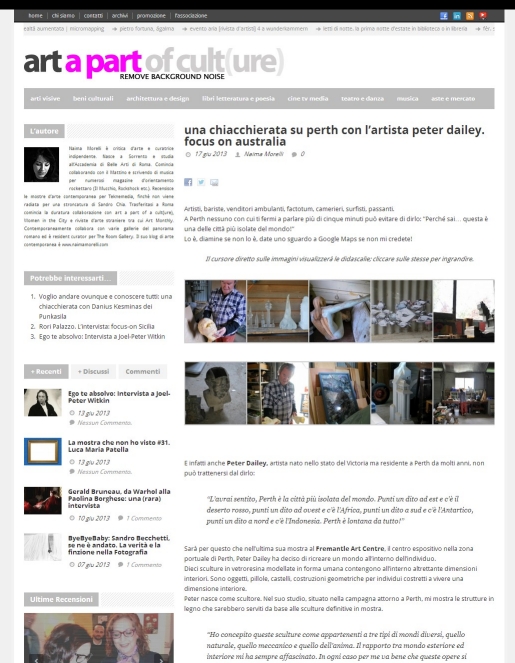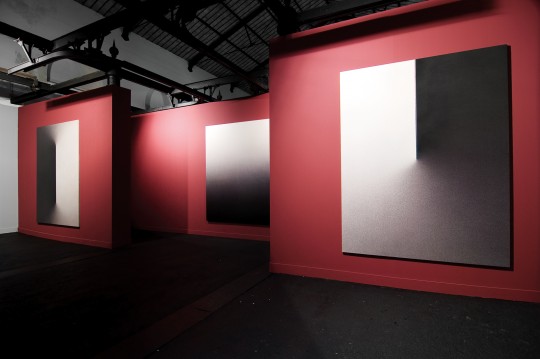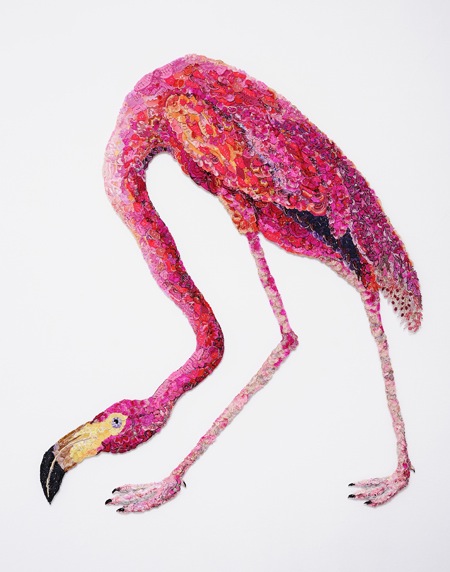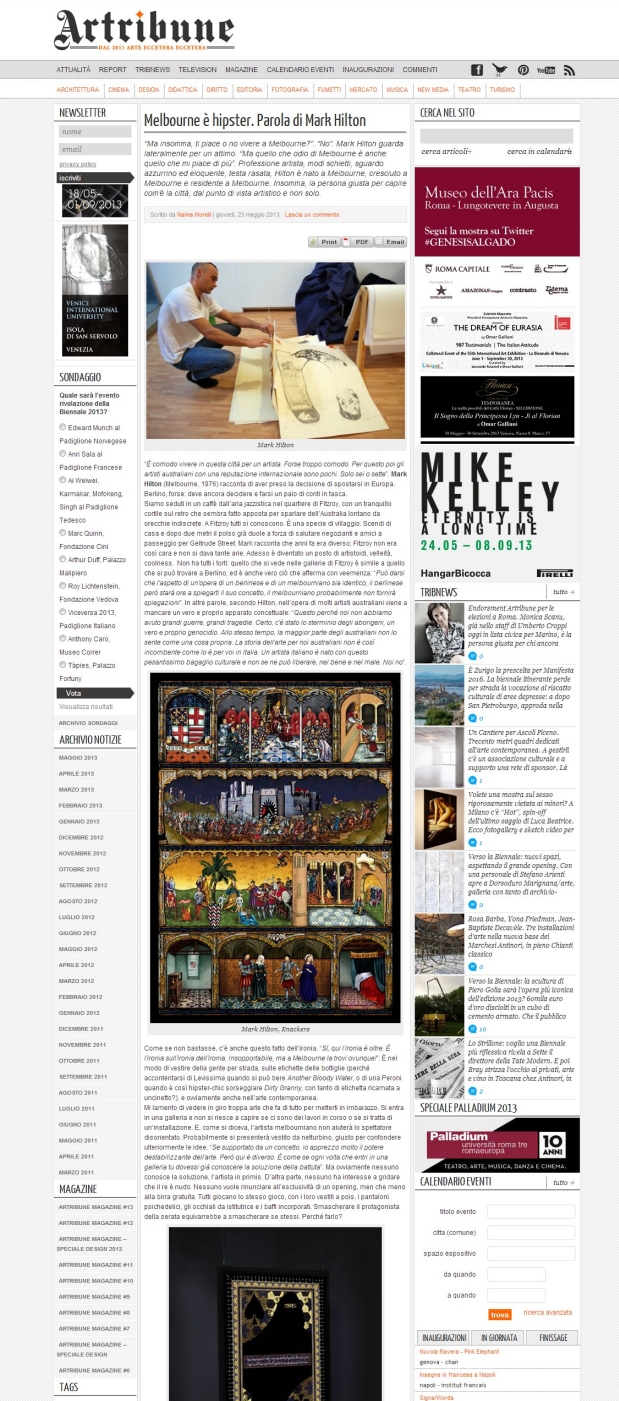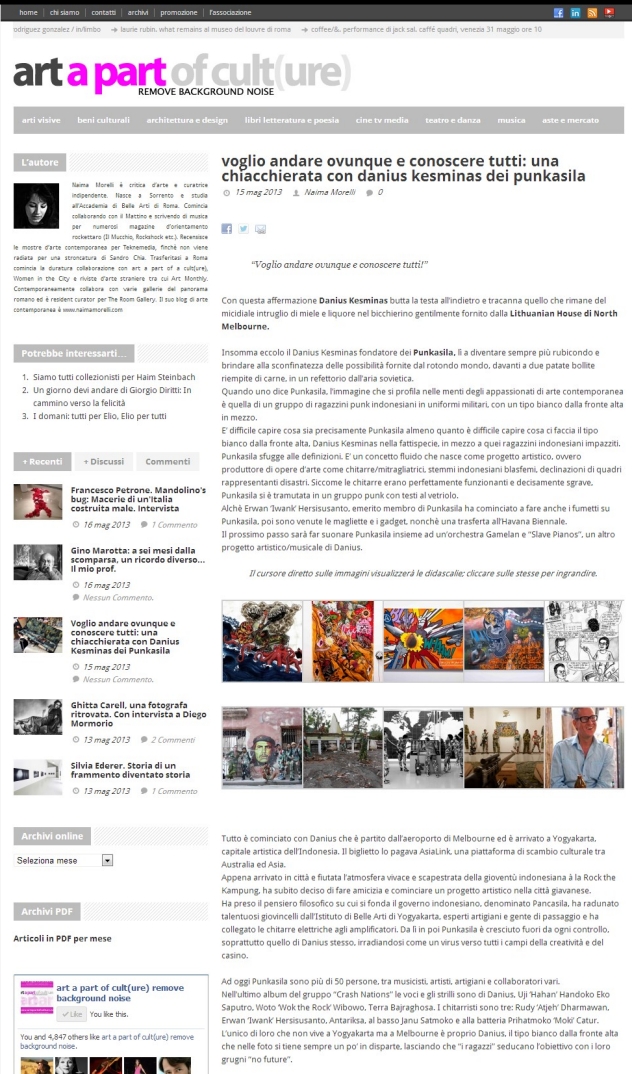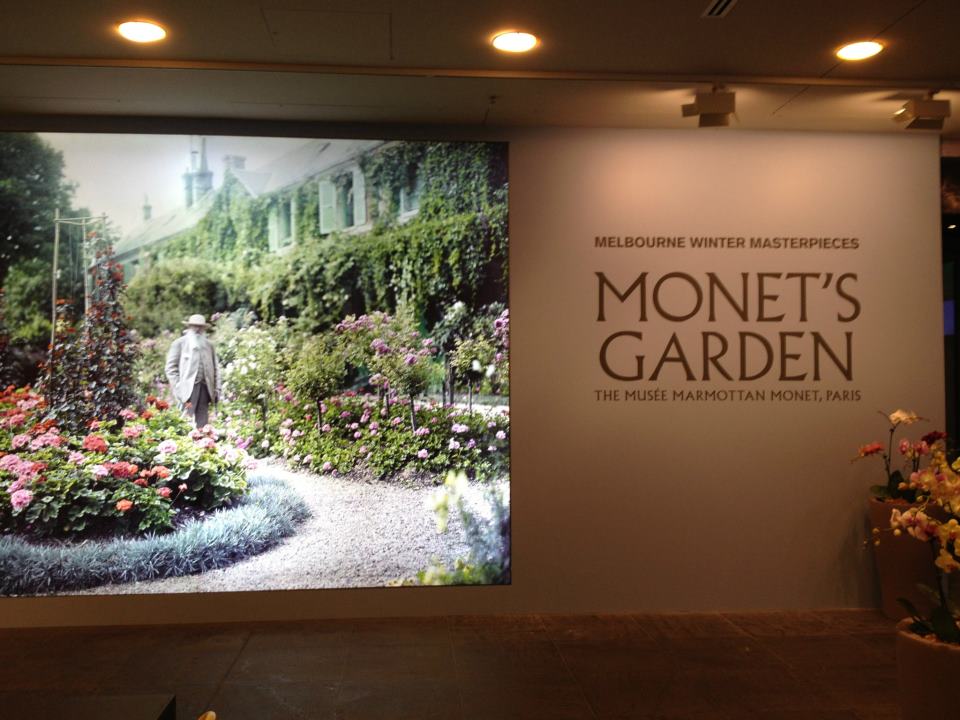
In Melbourne one of the first questions people ask you is “where do you come from?”.
It makes sense in a city where hostels are flooding with drunk people swearing in so many different languages.
There are backpackers coming here with a sheer party mentality, europeans seeking for a well-payed job as waiters and wannabe adventures romantically compelled by soil their hair with red dust, possibly riding through the desert on a rusty jeep (that’s me, and I sadly found out that there is not that much desert in Victoria).
The prosaic reality of Melbourne city clashed so hard with my fantasy – eating Kangaroo on a red rock with aboriginals people – that I decided to keep myself busy with what is supposed to be my main job: contemporary art.
Well, the truth was that I was already in Melbourne to complete the last stages of my reportage about Indonesian contemporary art, so I found myself turning on the recorder and listen to the artist Tintin Wulia.
It was the first interview here in Melbourne and one of the last interviews for my reportage about Indonesia Contemporary Art.
Her work and her experience as an artist epitomized the core of my book: there is no such a thing called Indonesian art, there are some practices born in a geographical segment called Indonesia, and there are some artists born in Indonesia that are making art.
The edges are so sharp just on the map – ideas and aesthetic are much more fluid – yet these borders matter incredibly when comes to bureaucracy, biennales pavilions and personal identity.
